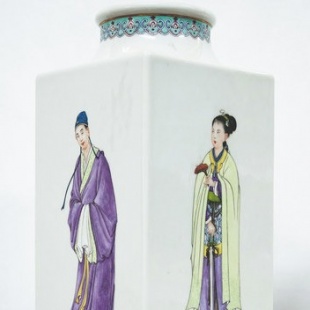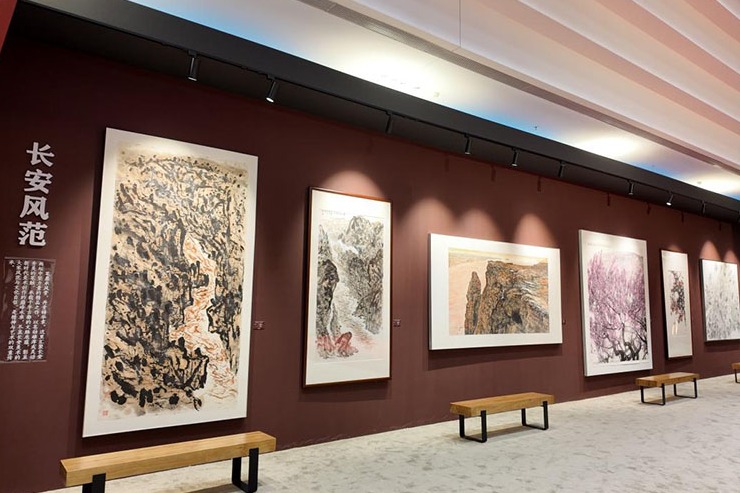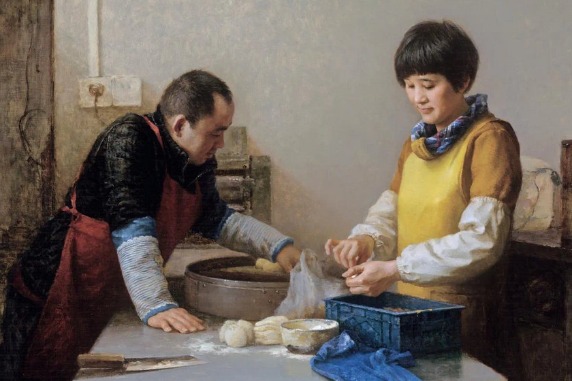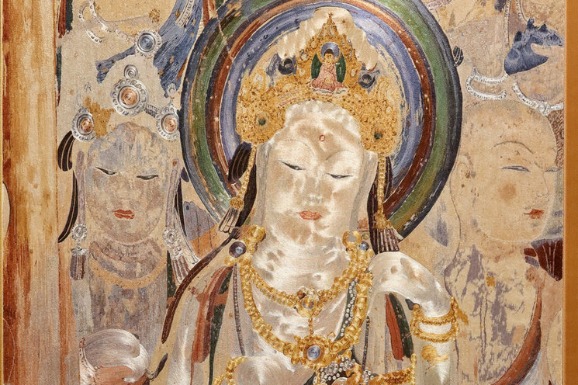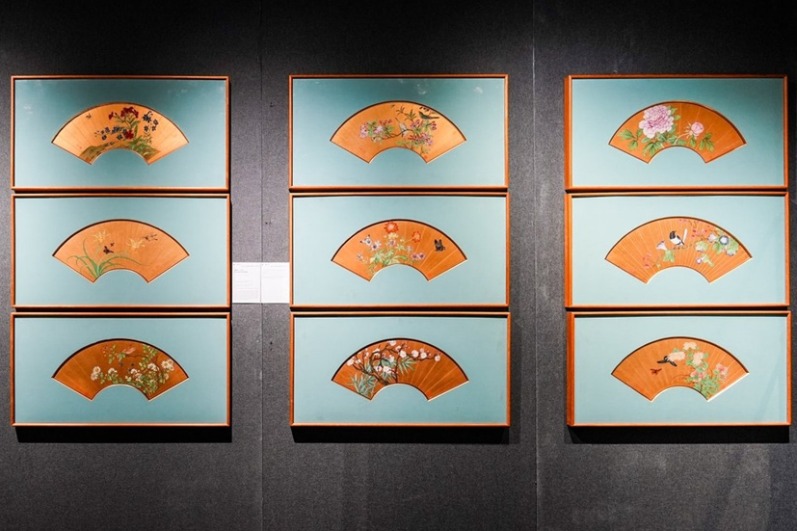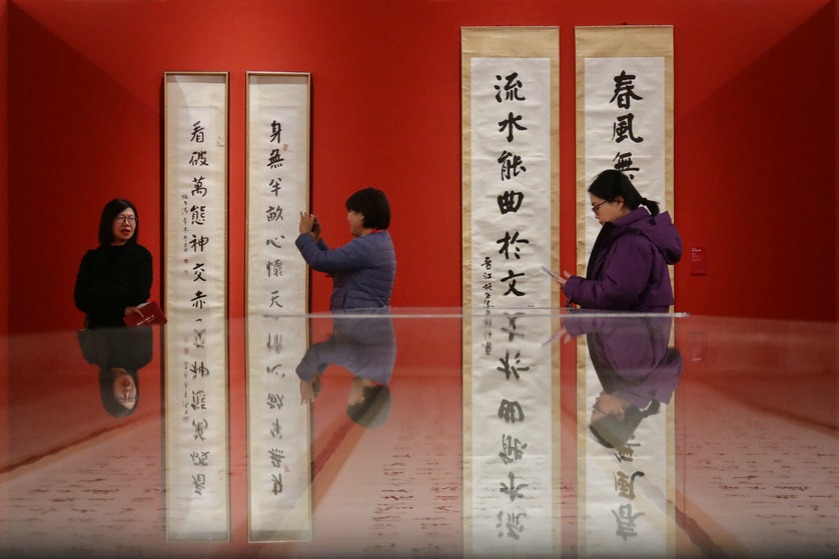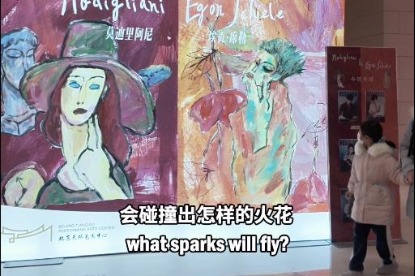Vase offers a glimpse of intrigue
Chinese artwork in Bulgaria, with intricate decorations, suggests creative genius and a capacity to forge connections across borders, Yang Feiyue reports.

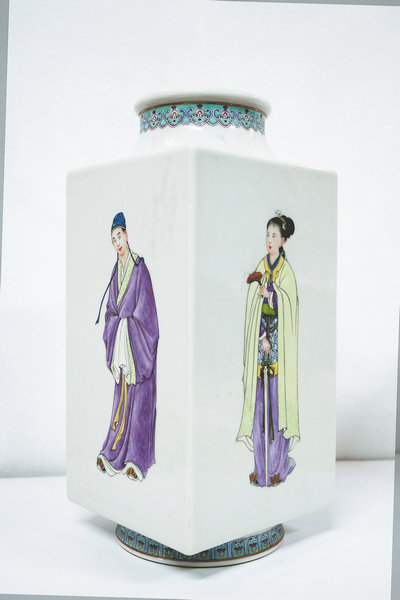
Lian Mian has seen his fair share of porcelain. Yet, when the art history professor from the China Academy of Art in Hangzhou, East China's Zhejiang province, stepped into the quiet halls of the Regional Ethnographic Museum of Plovdiv, Bulgaria, in 2023, a Chinese porcelain vase dating back to 1954 caught him off guard.
It left him with the feeling that he had stumbled upon something truly unique.
"I was invited there for Dragon Boat Festival that year, and then the museum director, Angel Yankov, showed me their Chinese collection. That's when I first encountered this piece," he recalls.
As Lian looked deeper, what truly stunned him was not just its beauty but the fact that it might be one of the first known Chinese export porcelain items from the 1950s found in Eastern Europe.
The porcelain vessel struck him with its distinctive form: a square body supporting a circular mouth, rising on a ring foot, with a hollow rectangular cuboid frame.
"It symbolizes the Chinese philosophical concept of 'heaven is round, and the earth is square'," Lian says.
This geometric harmony was just the beginning. The vase's rim is adorned with a fine band of interlocking motifs — wisps of auspicious clouds, plump pomegranates and bats.
Each element, Lian notes, was carefully chosen to invoke blessings of prosperity, abundance and fertility within traditional Chinese decorative practice.
The four corners and Buddhist-yellow square borderlines are embellished with lotus-cloud-like motifs, adding to its intricacy. The lower foot features a continuous design of deformed cicadas and lotus flowers, while three golden bands wrap around the mouth and base.
These detailed components embody the aesthetic essence of Qing Dynasty (1644-1911) porcelain, echoed in the craftsmanship that continued in Jingdezhen, the renowned porcelain capital in East China's Jiangxi province.


